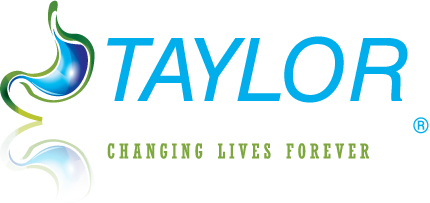Feeling Sore? Tips for your Post-Workout Recovery

This post-workout soreness is called delayed onset muscle soreness or DOMS, and it isn’t just a sign of fatigued muscles. This is actually part of the muscle rebuilding process. As you stretch, pull and push your muscles during your workout, small micro tears will develop within the muscle fibers. Following your workout, your body gets to work rebuilding your muscles to repair those tears. The rebuilding process is what makes muscles bigger, stronger and better defined.
After a good workout, you may experience:
- Stiffness
- Tenderness
- Muscle aches
- Mild burning
The pain often lasts about three days after a workout before gradually diminishing, and is generally most intense when you move around. Severe pain, bruising and pain in your joints are not part of this muscle rebuilding process. This sort of pain may indicate an injury, and you should bring it to the attention of your physician right away.
Workout Recovery
While a bit of soreness might reassure you that you’ve pushed yourself far during your recent workouts, too much soreness can interfere with your future workout plans. You don’t need to endure the soreness for your muscles to continue repairing themselves. There are certain things you can do to reduce the pain so you can get back to work with your fitness plans.
Here are five tips for a speedy workout recovery:
- Focus on nutrition: Stick closely to your post-weight loss surgery diet and don’t fall into the trap of thinking that a good workout means you have room to break from your diet plans. A nutrient rich diet that is high in protein will help your muscles recover faster.
- Get plenty of sleep: While you sleep, your body works hard to rejuvenate itself so you feel refreshed and ready to go the next day. The same goes for your muscles. If you are exercising hard, make sure you are also getting seven to eight full hours of sleep every night.
- Cool down: Use ice to cool down your muscles after a workout, or even the next day to soothe the soreness. If you are up for it, consider taking a brief cold shower or bath to give your muscles some relief.
- Stretch: Stretching helps your muscles to get warm and loose before your workout, but it can also help reduce soreness if you have a good stretch not long after your workout is complete. Consider incorporating regular stretching routines like a yoga practice into your workout routine to keep your muscles in good shape.
- Massage: This is a relaxing and relieving way to reduce pain after a good workout. Massage improves blood circulation, promotes the removal of waste from the body and encourages muscles to repair themselves fully.
When you first start working out, you may feel sore regularly following a moderate workout like walking. In time your muscles will strengthen and you’ll have to push yourself harder to achieve that same feeling of soreness. Remember not to push yourself too hard, too quick. Wait until your weight loss surgeon says you are ready to start exercising to engage in any moderate or intense activities.
